
The almost spooky balance of order and spontaneity in tenor saxophonist John Coltrane’s “A Love Supreme” is most easily discernible in a passage near the end of its first movement, entitled “Acknowledgment.” After persistently developing minor pentatonic themes across a dense and determined solo, Coltrane settles down into a musical trance. Taking the iconic, three-note theme of the movement over which the words “a love supreme” are later chanted, Coltrane modulates from key to key, traveling through all 12 keys of Western harmony. He jumps erratically, choosing none of the symmetric intervals that could dutifully carry him through the spectrum of keys; nonetheless, he is still able to reach every key, which suggests an intense deliberation or some kind of mysterious, prepared framework. The passage seems too disorderly to be planned, but too unified to be improvised.
This tension is central to the entire jazz idiom, but it is difficult, and most likely impossible, to locate a more astonishingly perfect balance than that found in “A Love Supreme,” Coltrane’s open letter to God. The album is the music of passion, even rapture, held within a divine formal unity. It rewards both visceral and microscopic listening and has remained the musical favorite of a wide swath of listeners even while persistently hiding many of the most fundamental secrets behind its own construction. In a master class on Monday evening, Quincy Jones Professor of African American Music Ingrid Monson attempted to crack some of the secrets of the 1964 classic by examining many individual moments that hint at its intricate formal mechanics.
Coltrane communicated the concept of “A Love Supreme” to his fellow musicians as a vague blueprint with plenty of room for experimentation. However, Monson notes that Coltrane had much more concrete intentions. “Coltrane arrived in Englewood Cliffs, New Jersey [studio of famed producer Rudy Van Gelder],” Monson said, “with a plan in mind for a four-movement work. He gave the musicians some general chord progressions and some general instructions, but they knew that these were simply guidelines. They knew in the end that they would be following Coltrane and each other.” In one four-hour session on December 9, 1964, Coltrane and his famed rhythm section—McCoy Tyner on piano, Jimmy Garrison on bass, and Elvin Jones on drums—hammered out one of the greatest and most enduring jazz albums ever created. “There is a power in capturing a very particularly fine improvisational moment,” said Monson about the session. As much as Coltrane wanted his group, whose minds were practically linked after three years of playing together, to run free, he had a clear vision of his piece which included many structural nuances.
Proceeding gradually through the recording, Monson revealed vast structural parallels that serve as the tendons and ligaments within the teeming, organic mass that is “A Love Supreme.” She highlighted several thematic connections, including an elaborate key structure, between movements and culminated with an unveiling of the final movement, “Psalm.” According to Monson, this movement—a heavy, monotonous, and rubato ballad—is the wordless recitation of a poem that Coltrane wrote in the LP’s liner notes without explanation. “The relationship of the words to the music was a bit of a secret to be discovered,” said Monson. “Not even the musicians in the band knew that he was using a text, which suggests that he had it memorized.” To reinforce her point, Monson projected the words on the screen behind her, then bounced a laser pointer over their syllables as “Psalm” played in the background. The master class had become a John Coltrane sing-along.
Without the knowledge that it is based on a text, “Psalm” sounds like the most meandering and unrehearsed movement of “A Love Supreme;” with the words in mind, it proves to be the most structured and poignant. In a moment of particular exaltation, Coltrane ascends into the upper reaches of his instrument as he wordlessly intones the words, “God is. He always was. He always will be.” Yet again, the work operates in a tenuous limbo wherein disorder proves to have secretly been the most divine form of order all along. “I think it’s part of the spiritual idea,” says Monson, “that those who were going to be attuned to this are going to get it. It’s as if to leave a mystical puzzle there for the listener to solve.” Whether spiritual puzzle or musical delight, Coltrane’s “A Love Supreme” still captivates and confounds almost 50 years after its release.
Vía
The Harvard Crimson
http://www.thecrimson.com
John Coltrane Plays Only Live Performance of A Love Supreme
In late 1964, the John Coltrane Quartet (featuring McCoy Tyner, Elvin Jones, Jimmy Garrison and Trane himself) recorded A Love Supreme in one session. Often considered Coltrane’s masterpiece, the album has influenced jazz musicians far and wide. It has been deemed an American national treasure by the Smithsonian. And no jazz collection should go without a copy.
Apparently the quartet only performed A Love Supreme once in public — in Antibes, France in the summer of 1965 — and the performance has been captured in some vintage video. You can watch the segment “Resolution” above, and ”Acknowledgement” below. We’ll be adding these clips to our Cultural Icons media collection.
via
http://www.openculture.com







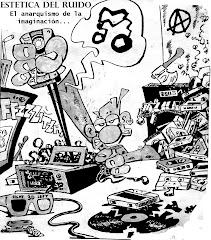





































































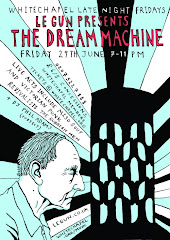









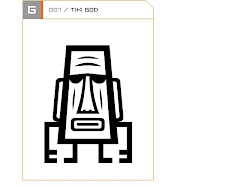



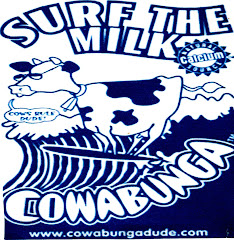


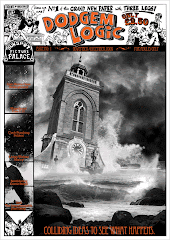


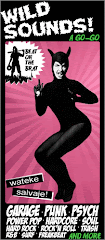

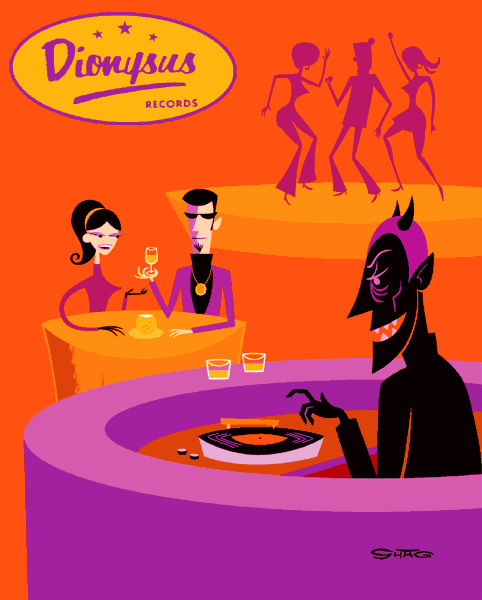
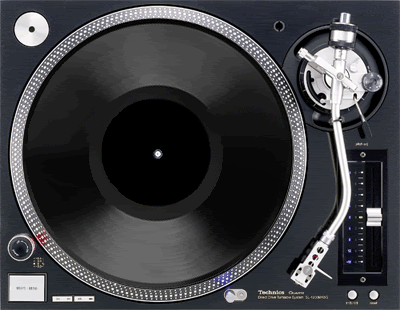





















No comments:
Post a Comment